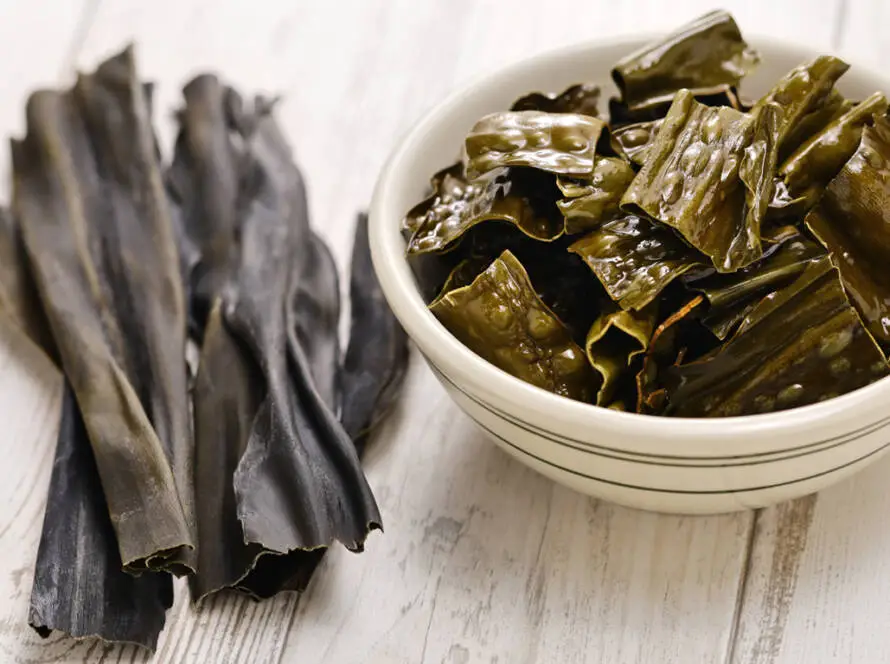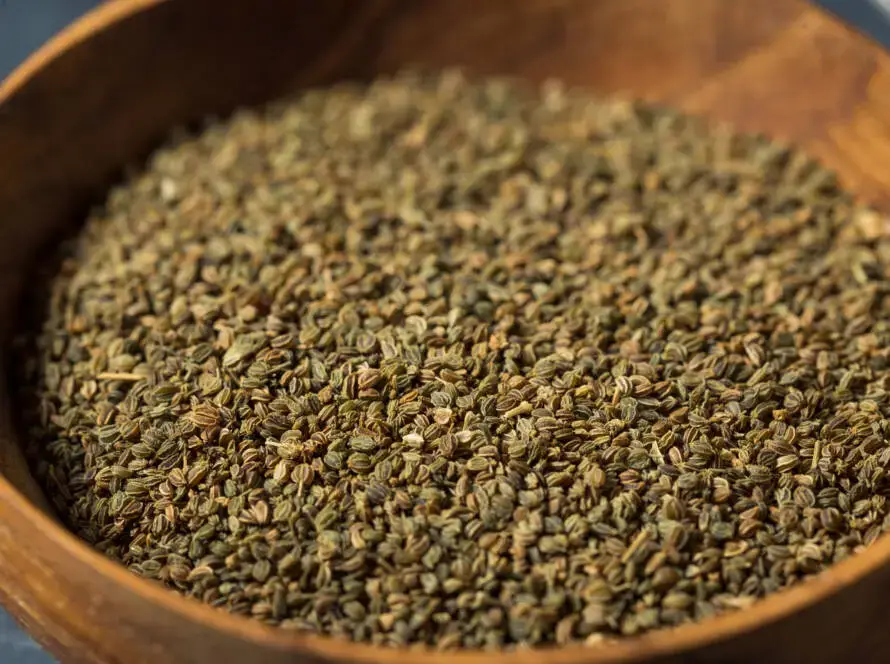Introduction
Eyebright, scientifically known as Euphrasia officinale, is an intriguing herb that commonly grows in fields and meadows across temperate climate regions worldwide. Interestingly, this plant is a parasitic species, meaning it must attach its roots to the roots of other plants to obtain nourishment. While Eyebright can be found in various locations, the majority of the Eyebright available on the market is cultivated in Europe.
Common Names
- Eyebright
Latin Name
- Euphrasia officinale
Uses of Eyebright
Eyebright is valued for its traditional medicinal properties, particularly in treating respiratory conditions and various eye ailments. Here’s a closer look at its uses:
Respiratory Conditions
Eyebright is often used to address respiratory issues such as bronchitis, allergies, colds, and sinusitis. The herb contains astringent compounds known as tannins, which may help tighten the upper layers of mucous membranes. This action can reduce mucus secretion, alleviate irritation, and improve tissue firmness, making it beneficial for those with respiratory discomfort.
Eye Wash
In addition to respiratory treatments, eyebright has been commonly used as an eye wash for various eye conditions. Its soothing properties can help relieve minor eye irritations, though proper preparation and hygiene are essential to avoid introducing contaminants.
How It Is Used
Eyebright is primarily prepared as a tea for oral consumption. To make eyebright tea, typically 2,000-4,000 mg of dried eyebright herb is added to 5 ounces of boiling water. The mixture is then steeped for about 10 minutes. After steeping, the solid particles are strained out before the tea is consumed. This method allows for the extraction of the herb’s beneficial compounds while ensuring a palatable beverage.
What the Science Says
Despite its historical use and popularity in herbal medicine, there are few recent clinical studies examining the efficacy of eyebright, limiting the establishment of standardized dosage recommendations. Most of the current applications of eyebright remain anecdotal and based on traditional practices. It is generally applied topically for eye issues. Still, those interested in its effects should exercise caution and consult a healthcare professional before using it, particularly if it is used in the eyes.
Side Effects and Cautions
While eyebright is typically considered safe, eye drops and eye washes should be prepared and packaged under sterile conditions to ensure safety. Improper handling can lead to contamination, potentially causing infections or further irritation.
Conclusion
Eyebright is an intriguing herbal remedy with a rich history of use in treating respiratory issues and eye conditions. Its unique properties and traditional applications highlight the importance of plants in herbal medicine. However, as with any herbal remedy, it is essential to use it with caution and seek professional guidance to ensure safe and effective treatment.
Resources
- Drugs.com
- Wikipedia.com
This summary highlights the key aspects of Eyebright, including its traditional uses, potential benefits, and safety considerations.
Disclaimer
The information I’ve shared about herbs is for educational purposes only and is not meant as medical advice. While many herbs have been traditionally used for their potential health benefits, individual responses may vary, and the effectiveness of herbs can depend on various factors, including personal health conditions and interactions with medications. It is essential to consult with a qualified healthcare professional or a licensed herbalist before using herbs for medicinal purposes or making significant changes to your health regimen. This information should not be considered a substitute for professional medical advice, diagnosis, or treatment.


